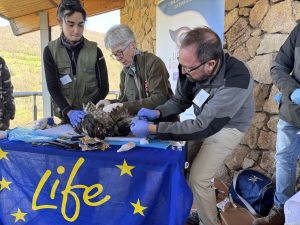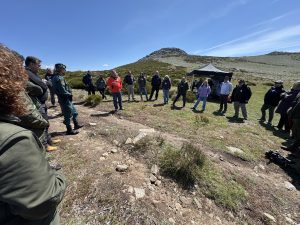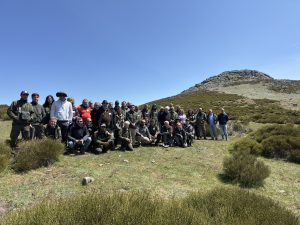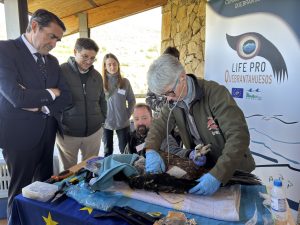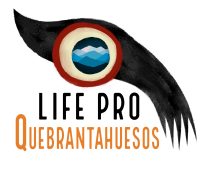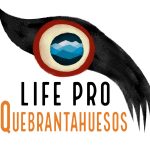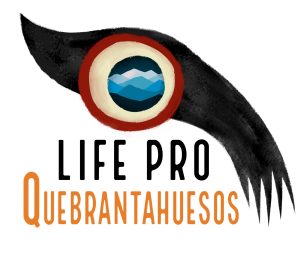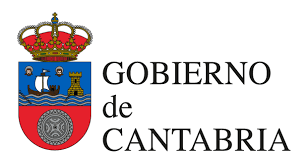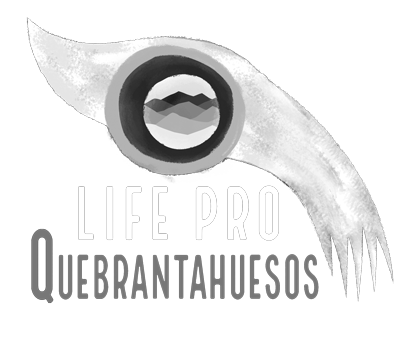Two new Bearded Vultures arrive in the Sierra de Gredos as part of the LIFE Pro Bearded Vulture project
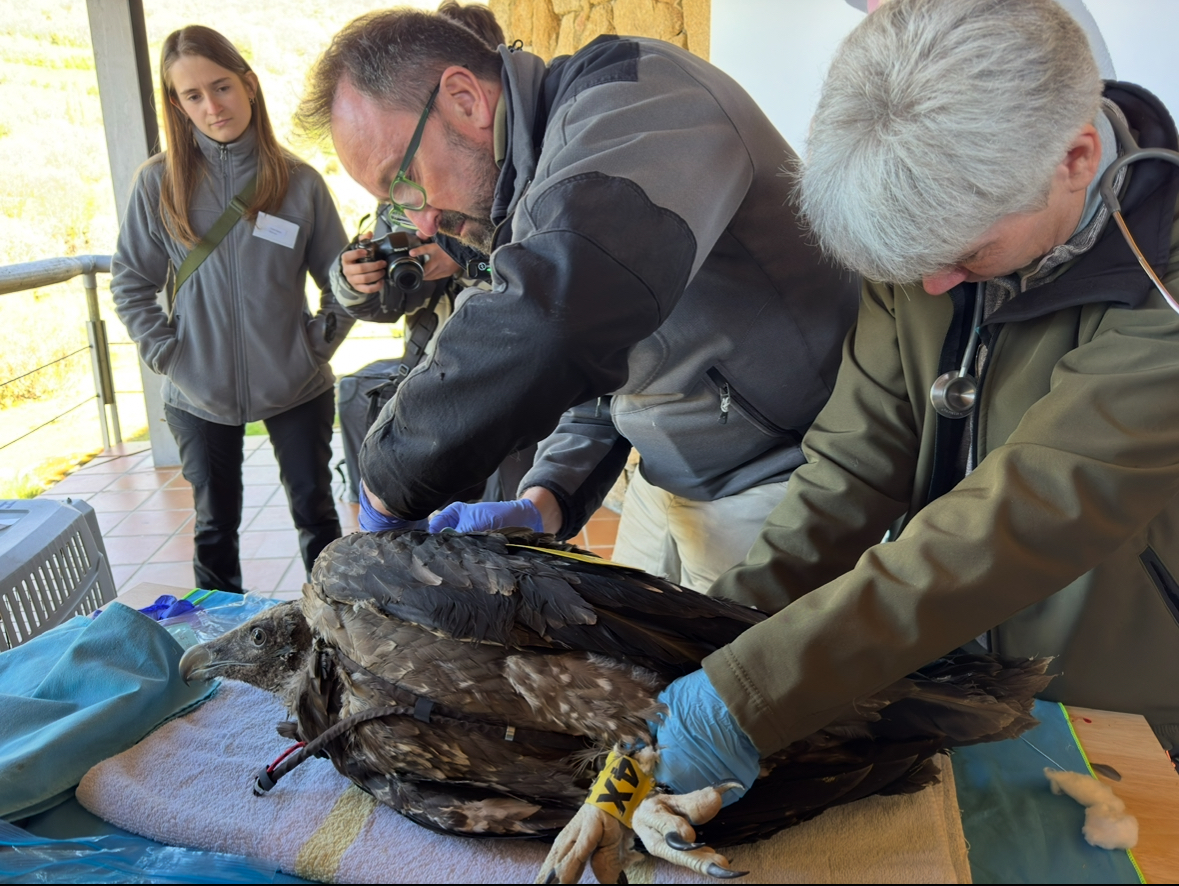
Both individuals will be released during the month of June in a coordinated action between the Government of Aragón and the Junta de Castilla y León.
View this post on Instagram
Last Monday, 11 May, the following have been received the first two specimens of bearded vultures of the 2025 season to the Regional Park of the Sierra de Gredos. Coming from the Aragonese Pyrenees, both individuals will be released during the month of June as part of the project “The bearded vulture in the Sierra de Gredos”. Life Corredores por el Quebrantahuesos” (Runners for the Bearded Vulture), in a coordinated action between the Foundation for the Conservation of the Bearded Vulture (FCQ) and the Government of Government of Aragón and the Junta de Castilla y León.
The new birds will join the six bearded vultures released in previous campaigns with the aim of consolidating a reproductive nucleus in the center of the peninsula, key to the recovery of this emblematic species, catalogued as `Endangered‘in Spain.
Both individuals were born in February at the Centro de Cría en Aislamiento Humano (CRIAH) of Pastriz(Zaragoza), managed by the FCQ. They come from eggs rescued from nests in high-risk areas of the Aragonese Pyrenees and are part of the integral breeding and reintroduction program contemplated by the LIFE Pro Bearded Vulture project (LIFE20/NAT/ES/0001363).
The Government of Aragon, one of the key partners in the project, is providing the specimens free of charge to reinforce the wild populations in new territories, while the Junta de Castilla y León is in charge ofrá of its adaptation and release in Gredos. This inter-territorial collaboration makes it possible to connect bearded vulture populations in the Pyrenees and Andalusia through ecological corridors that strengthen the Natura 2000 Network.
El quebrantahuesos, una especie emblemática de los ecosistemas de alta montaña
The lammergeier is an emblematic species of high mountain ecosystems. Its recovery in the territories where it had become extinct will contribute to the The National Strategy for Green Infrastructure and Ecological Connectivity and Restoration is instrumental in achieving the objectives of the Nature Restoration Act, as well as the National Strategy for Green Infrastructure and Ecological Connectivity and Restoration. Their restoration reverses biodiversity loss by restoring key habitats and threatened species, helping to meet the target of restoring at least 30% of degraded habitats by 2030.
Connectivity between the different territories generateswill generate ecological corridors, identifying key areas within the green infrastructure network that reinforce the Natura 2000 Network.
About the LIFE Pro Bearded Vulture
The LIFE Pro Bearded Vulture project, which will last until 2026, is co-funded by the European Commission, several autonomous communities (Aragón, Asturias, Castilla y León, Cantabria), the Ministry for Ecological Transition and the Demographic Challenge through the OAPN, and Endesa.
In addition to contributing to the recovery of the bearded vulture and biodiversity, the project reinforces the Nature Restoration Law by restoring degraded habitats and encouraging sustainable practices such as extensive grazing, promoted through the guarantee mark ProBiodiversity.
The project in the Sierra de Gredos is strategic within the peninsular ecological network, and its consolidation requires a continued effort over several years to reach a stable population. stable and self-sustainable population.
